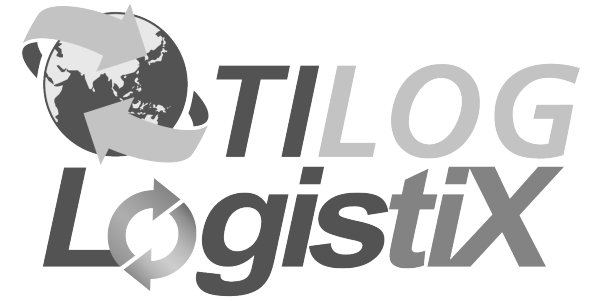Decoding Clean Energy for the New Era of Logistics
The global logistics industry is evolving to achieve net-zero carbon emissions by 2050. Many organizations are conducting research or enacting stricter environmental regulations. For example, the International Maritime Organization (IMO) requires the disclosure of the Energy Efficiency Index (EEXI) and Carbon Intensity Index (CII) for existing ships, as well as establishing Emission Control Areas (ECAs) that strictly control sulfur and other pollutant emissions along coastlines. This initiative aims to encourage the increased adoption of alternative energy sources for maritime shipping.
Clean Energy is the Solution for Modern Logistics
Currently, there are many types of biofuels to meet logistics carriers' needs, including:
Methanol
Methanol is produced from waste and residual materials that is compatible with current infrastructure, so it can facilitate a gradual transition to clean energy.
Biodiesel
Biodiesel is made from used cooking oil, is biodegradable, and may require engine modifications for compatibility.
Liquefied Natural Gas (LNG)
LNG leaves no soot emissions, can offer safer handling, and is increasingly used in maritime shipping.
Hydrogen
Hydrogen has zero-emission combustion. However, it faces high storage costs and infrastructure challenges.
Ammonia
Ammonia has the potential to emit nearly zero carbon emissions, but its use is currently limited due to toxicity and management complexity.
The Growth of Electric Energy
Electric power is becoming increasingly popular and widely used in the logistics industry, such as in container trucks, tractors, cranes and electric container handling equipment, forklifts, as well as other electric-powered equipment. Currently, the limitation of the distance that electric power can generate is driving the development of hybrid systems for long-distance operations, which will eventually lead to the full adoption of electric vehicles in the future. The main sources of electric power come from:
Solar Power
Modern solar panels are being enhanced with AI to assess and control the quality of energy supply, with on-vehicle lithium storage systems capable of efficiently storing energy.
Wind Power
Wind is a natural energy source, so the logistics industry is committed to developing wind turbines to generate electricity for both land and sea-based operations to enable comprehensive supply chain coverage.
Strategic Trends
The development of infrastructure will continue in tandem with alternative energy sources, with the increasing adoption of AI and advanced technologies to ensure efficiency. Therefore, multilateral collaboration is essential to achieve the goal of net-zero by 2050, despite higher investment costs. However, the long-term sustainability and regulatory benefits will make the use of clean energy the new norm for logistics operations.
Stay savvy on every new development in the logistics industry with our blogs and mark your calendar for TILOG-LOGISTIX 2026 scheduled on 19-21 August 2026 at BITEC, Bangkok.
